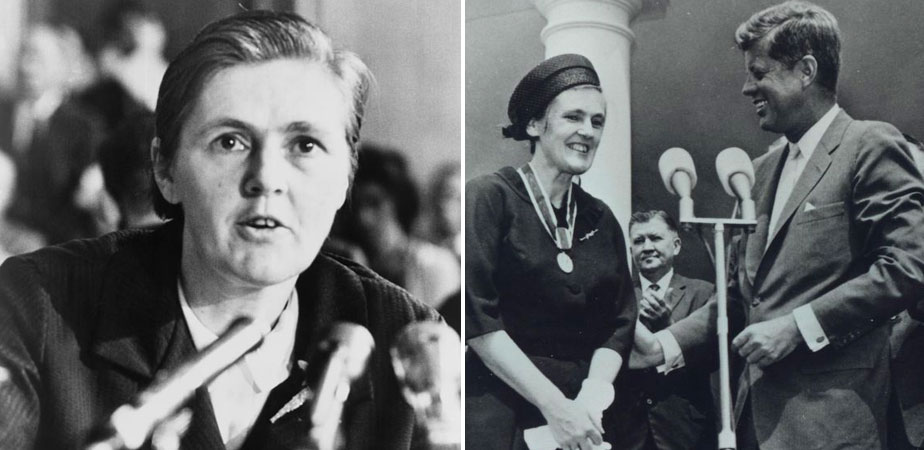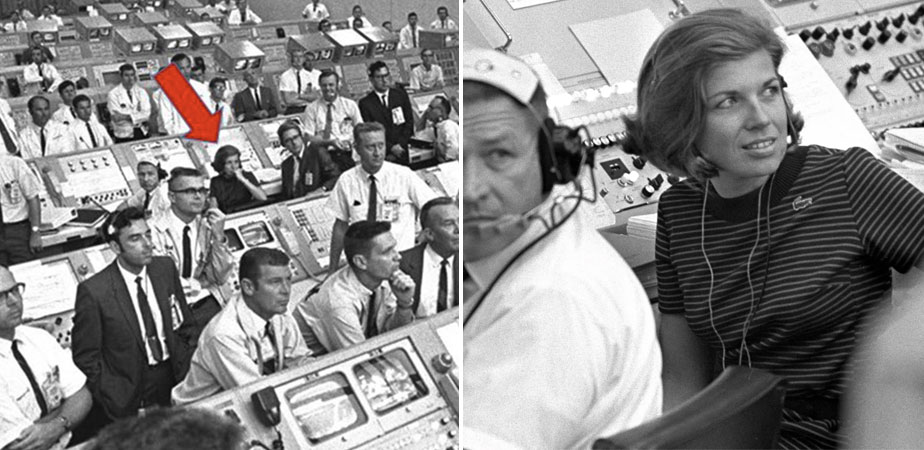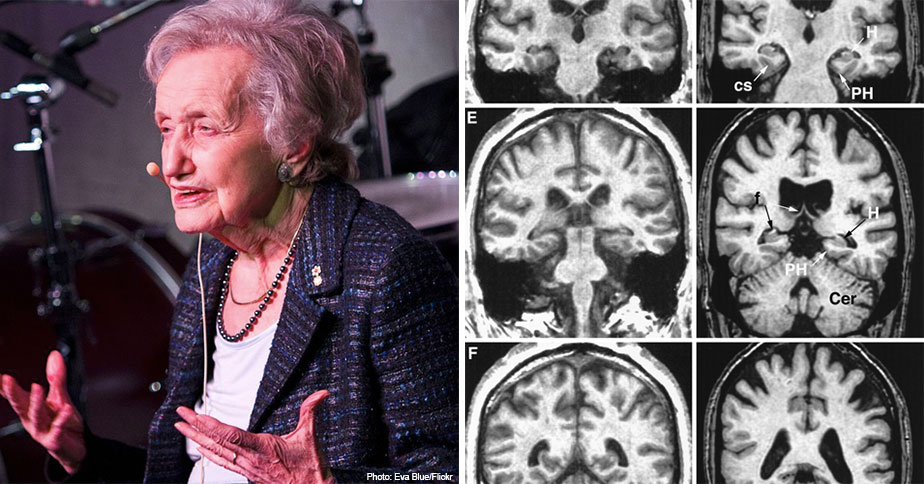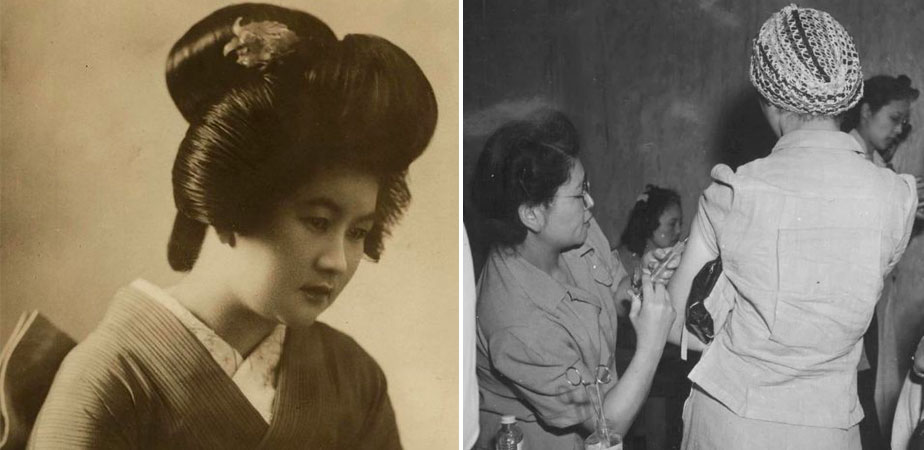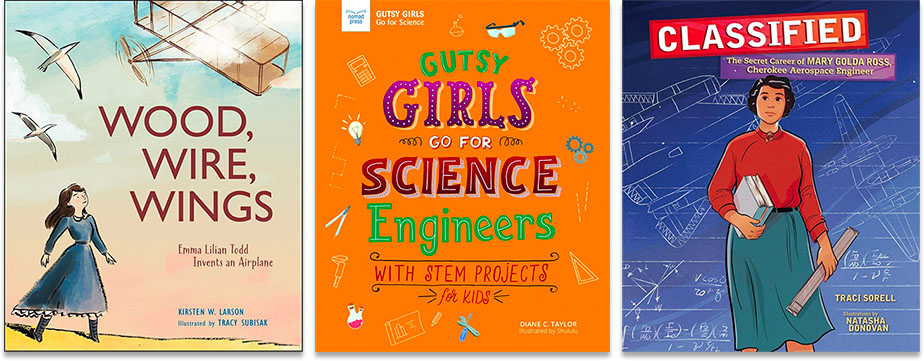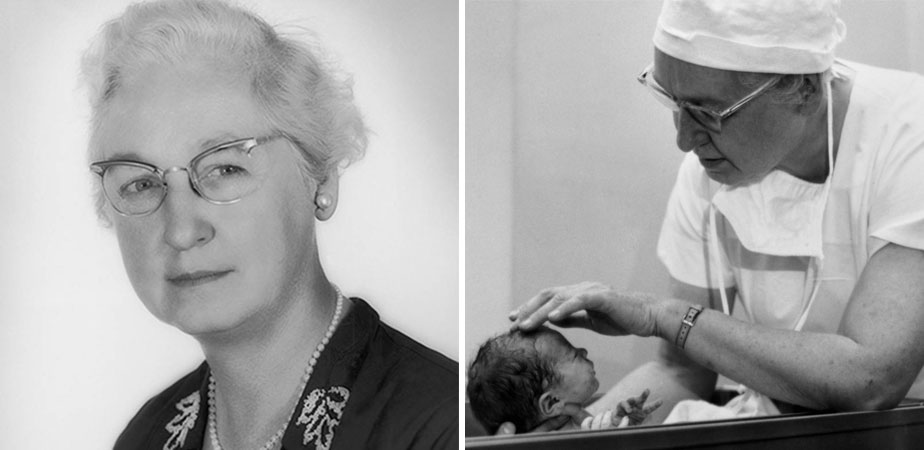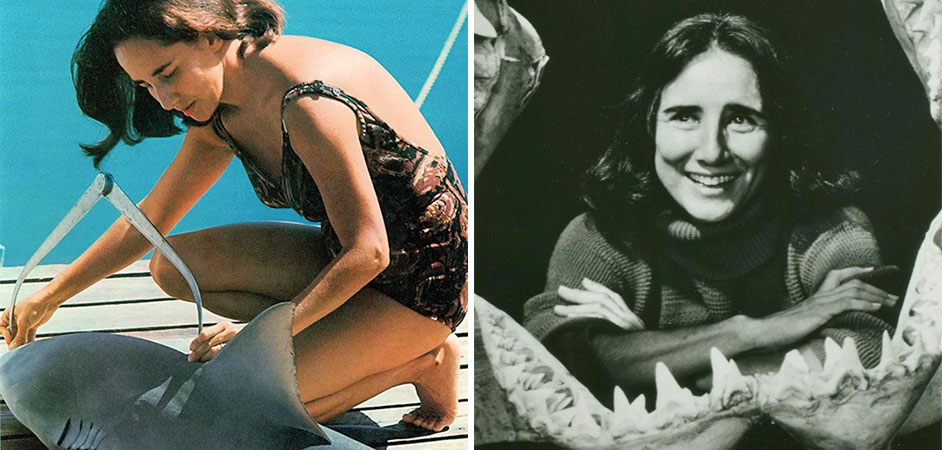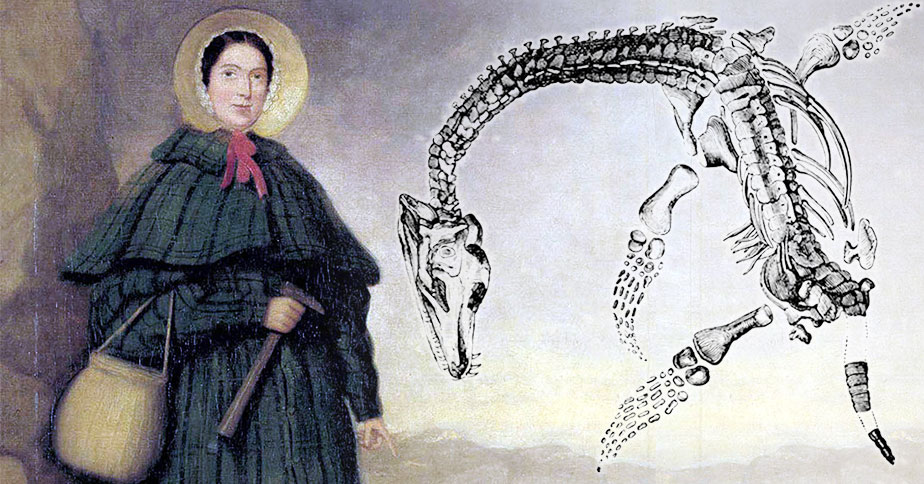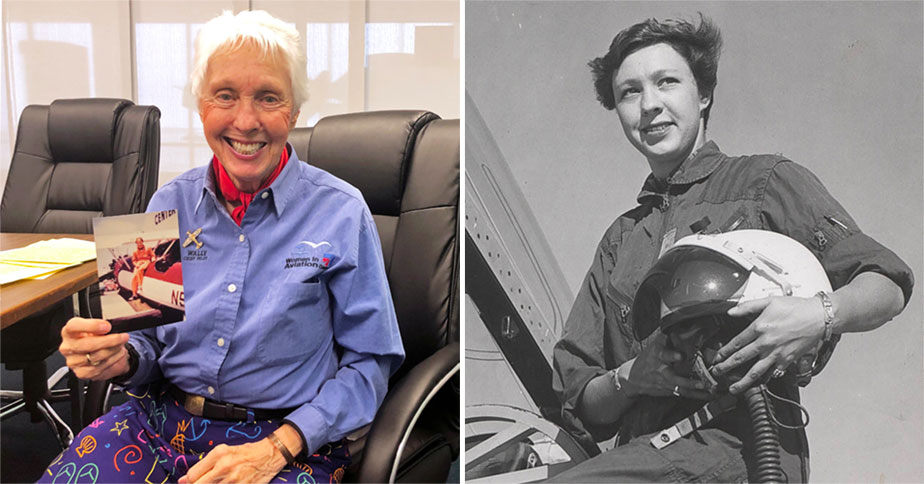Maria Mitchell became famous worldwide after becoming the first American to discover a comet.
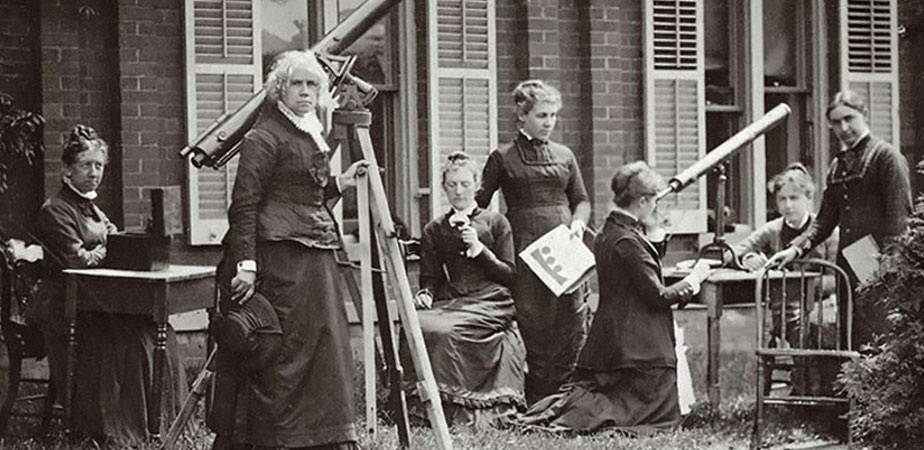 Maria Mitchell (second from left) and her students at the Vassar College Observatory measuring the Sun’s rotation from the movement of sunspots.
Maria Mitchell (second from left) and her students at the Vassar College Observatory measuring the Sun’s rotation from the movement of sunspots.At the Seneca Falls Convention in 1848, the world's first women's rights convention, illustrious suffragists and feminists like Lucretia Mott and Elizabeth Cady Stanton took time to honor a groundbreaking scientist: Maria Mitchell, who had just become the first American and third woman in history to discover a comet! Mitchell would go on to become America's first professional female astronomer, and she used her newfound fame to advocate for scientific education for girls and women. "Does anyone suppose that any woman in all the ages has had a fair chance to show what she could do in science?" she asked. "Until able women have given their lives to investigation, it is idle to discuss the question of their capacity for original work." Or, as she wrote more pointedly in one of her journals, "better to be peering in the spectrograph than on the pattern of a dress." Continue reading Continue reading









